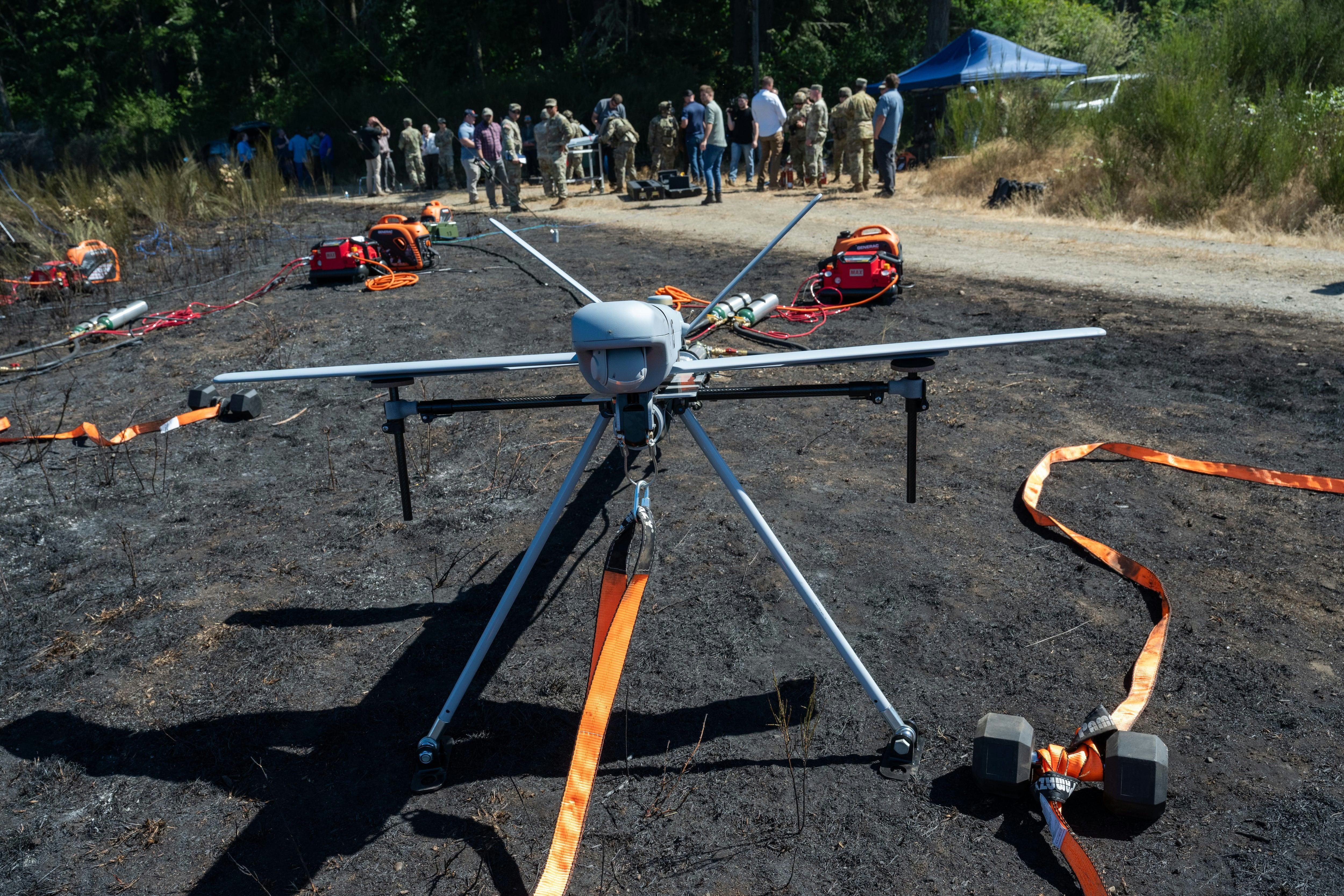
AeroGenie — Votre copilote intelligent.
Tendances
Categories
Bob Diemert, Carman Aviation Innovator and Warplane Restorer, Remembered
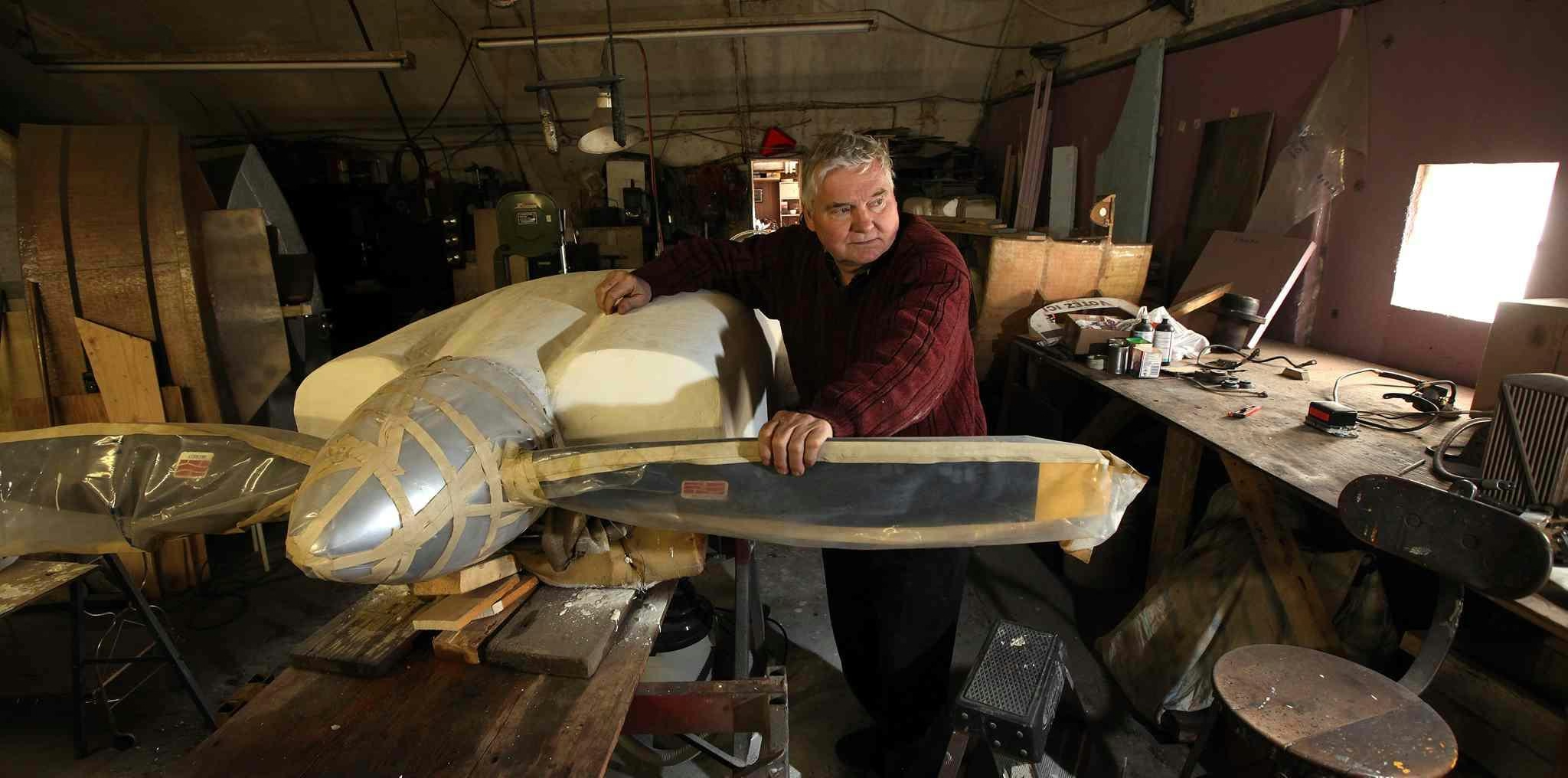
Bob Diemert, Carman Aviation Innovator and Warplane Restorer, Remembered
Bob Diemert’s passion for aviation, nurtured in a rural Manitoba hangar, established him as a pioneering figure in warplane restoration and aircraft innovation. Born in Morden on October 4, 1938, and raised near Manitou and later Winkler, Diemert exhibited remarkable ingenuity from an early age. By the age of 14, he had already constructed a three-wheeled vehicle, ingeniously stored beneath the stage of the Winkler Theatre, which his family operated. This early fascination with science and engineering laid the foundation for a lifetime dedicated to technical problem-solving, often surpassing the expertise of seasoned professionals.
A Legacy of Restoration and Innovation
Diemert’s self-taught skills and unwavering determination propelled him to the forefront of aviation restoration. He gained renown for reviving rare warplanes, breathing new life into historic aircraft that might otherwise have been lost to history. His work not only preserved significant elements of aviation heritage but also inspired a new generation of engineers and enthusiasts committed to the field.
His career unfolded amid evolving challenges within the global aviation industry. Current technical labor shortages, such as those highlighted by India’s Directorate General of Civil Aviation (DGCA) recruitment efforts, underscore the ongoing demand for skilled innovators like Diemert. As the industry grapples with increased scrutiny over labor practices and regulatory compliance, companies are increasingly turning to advanced technologies to address workforce gaps. This shift is evident in sectors such as wiring suppliers adapting to the demands of higher-voltage systems in modern aircraft.
Industry Challenges and Enduring Influence
The competitive landscape of aviation continues to shift, with major players like Boeing confronting labor unrest, including the threat of a fighter jet worker strike. While Boeing has sought to minimize concerns about the potential impact on its defense programs, such developments highlight the critical importance of adaptability and technical expertise—qualities that defined Diemert’s approach throughout his career.
Despite these widespread industry challenges, Diemert’s legacy endures as a testament to the achievements possible through creativity, perseverance, and a profound passion for aviation. His contributions continue to resonate within the aviation community, serving as a reminder of the vital role played by innovators willing to confront complex problems directly.
Bob Diemert’s story transcends personal accomplishment, reflecting the broader challenges and opportunities facing aviation today. His life’s work remains an enduring inspiration for those dedicated to sustaining the spirit of innovation in an ever-evolving industry.

Lufthansa's Fleet Plans for 2025
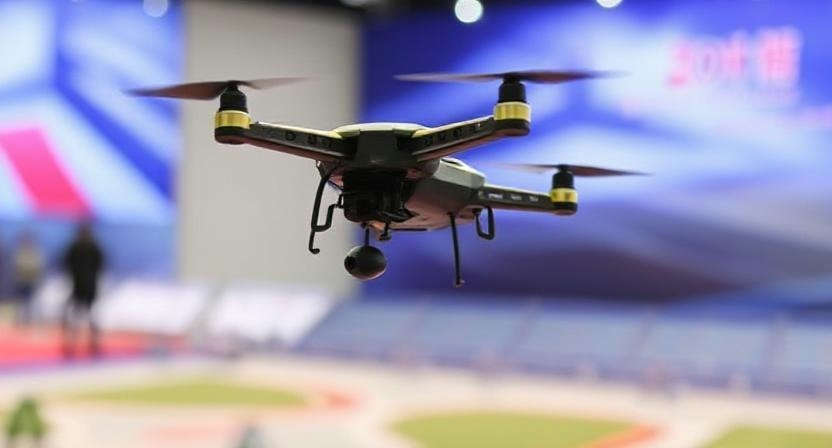
Fifteenth National Games Model Aviation Finals in Longhua Showcase Drone Sports and Innovation
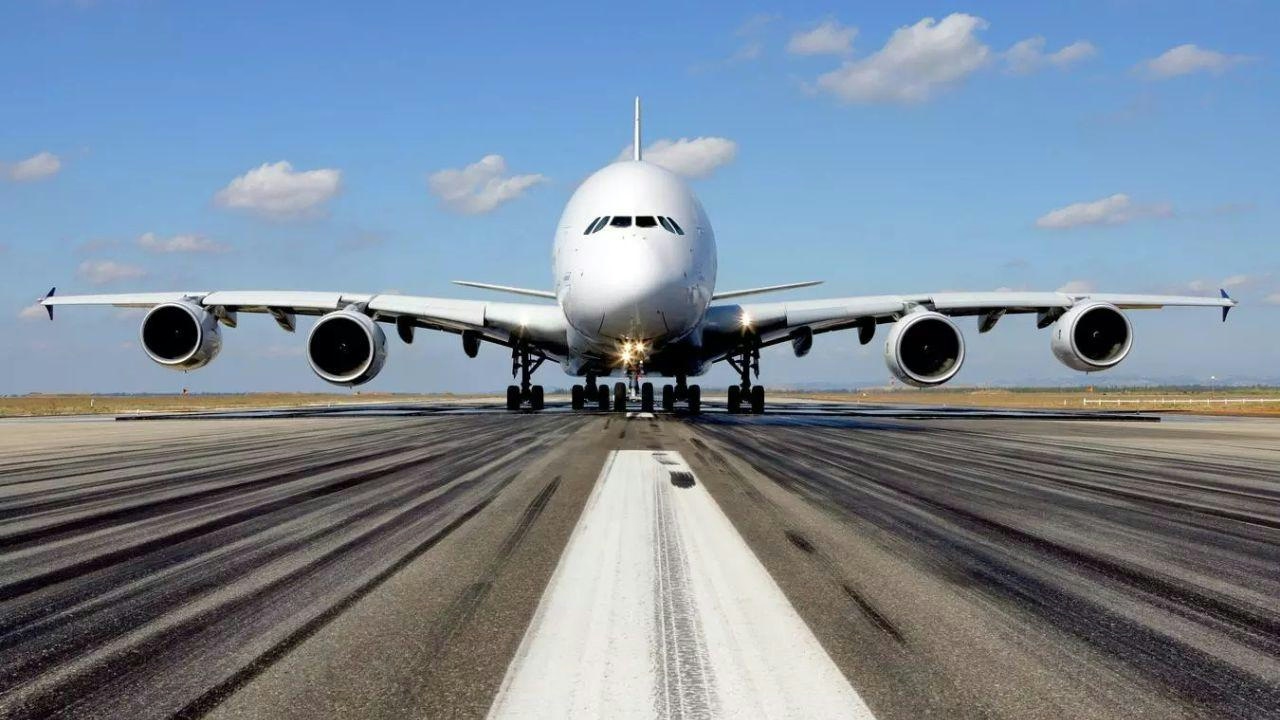
Brazilian Woman Becomes First Female Captain of Airbus A380

Airbus and Boeing: Comparing Their Global Reach

Vietjet Orders 100 Airbus A321neo Jets, Strengthening UK-Vietnam Strategic Partnership
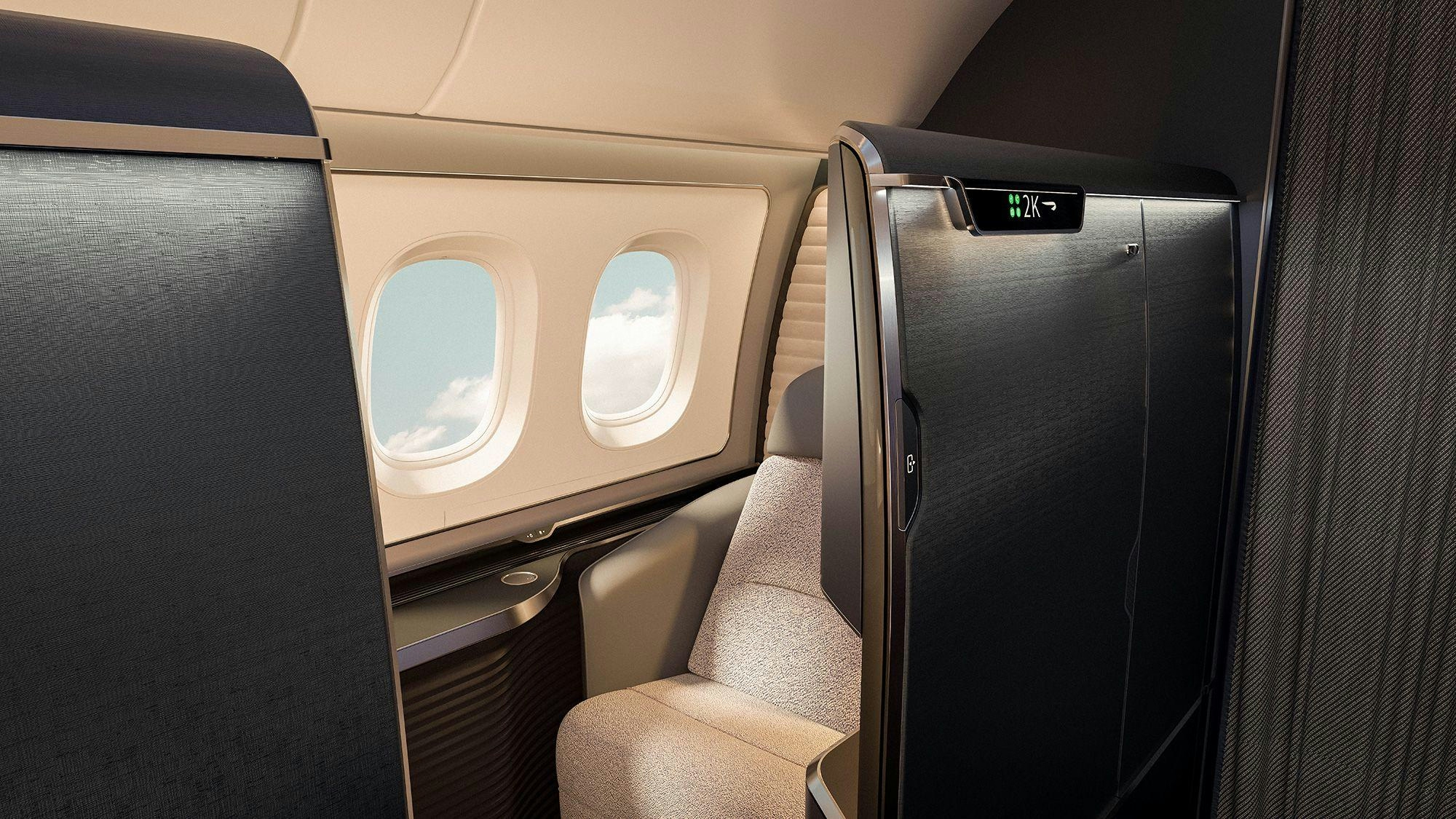
The Aircraft Set to Replace the Iconic Superjumbo

Delta Air Lines Introduces AI-Powered Concierge Service

Shanghai to Host 2025 North Bund International Aviation Forum

Air Methods Acquires Three Bell 407GX Helicopters and Receives Bell 429 for Medical Fleet
